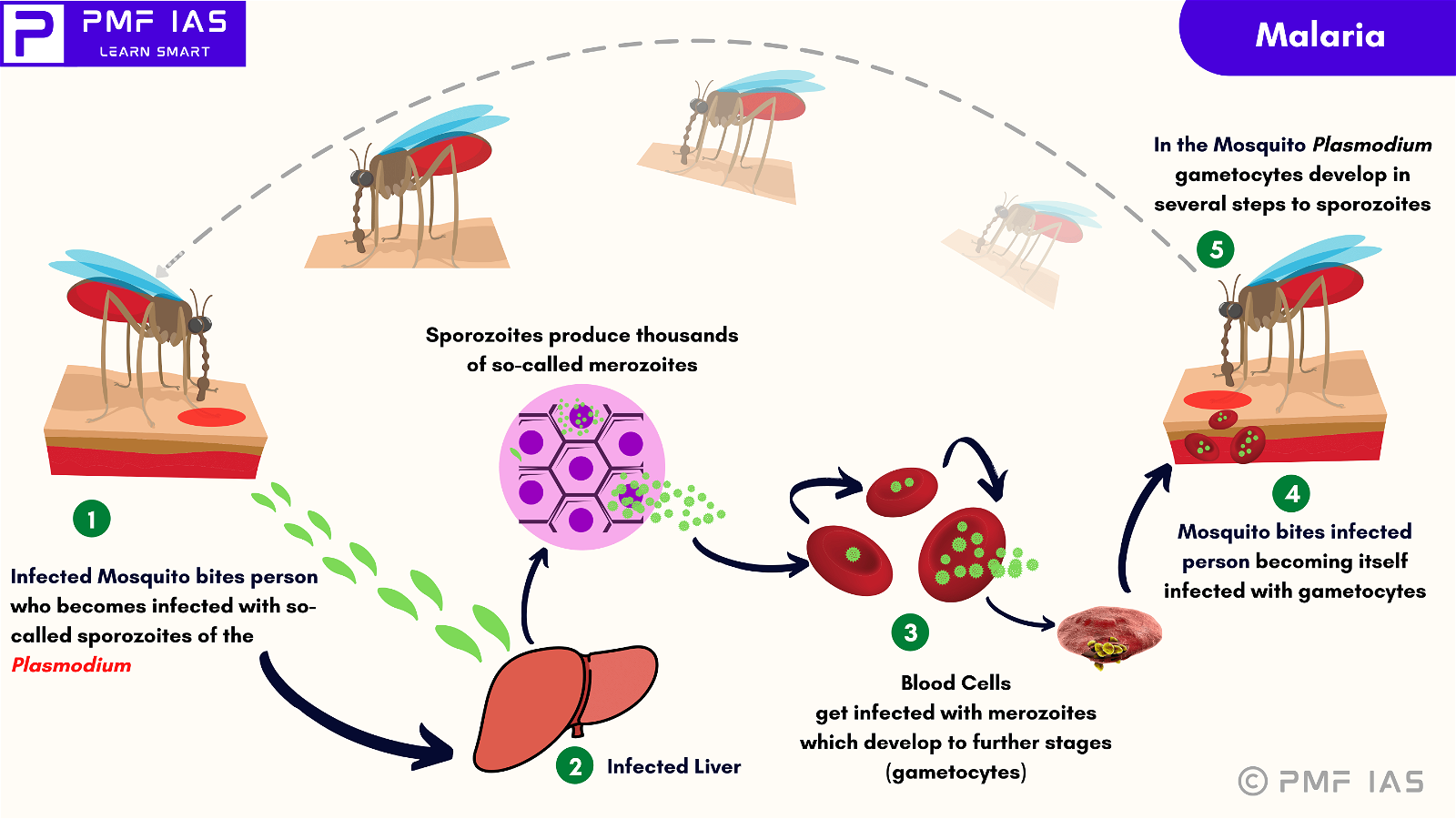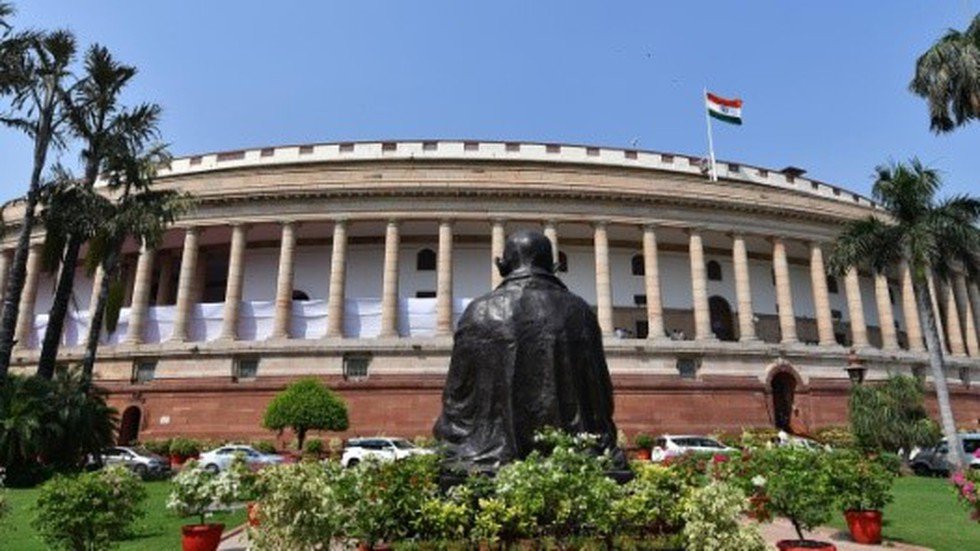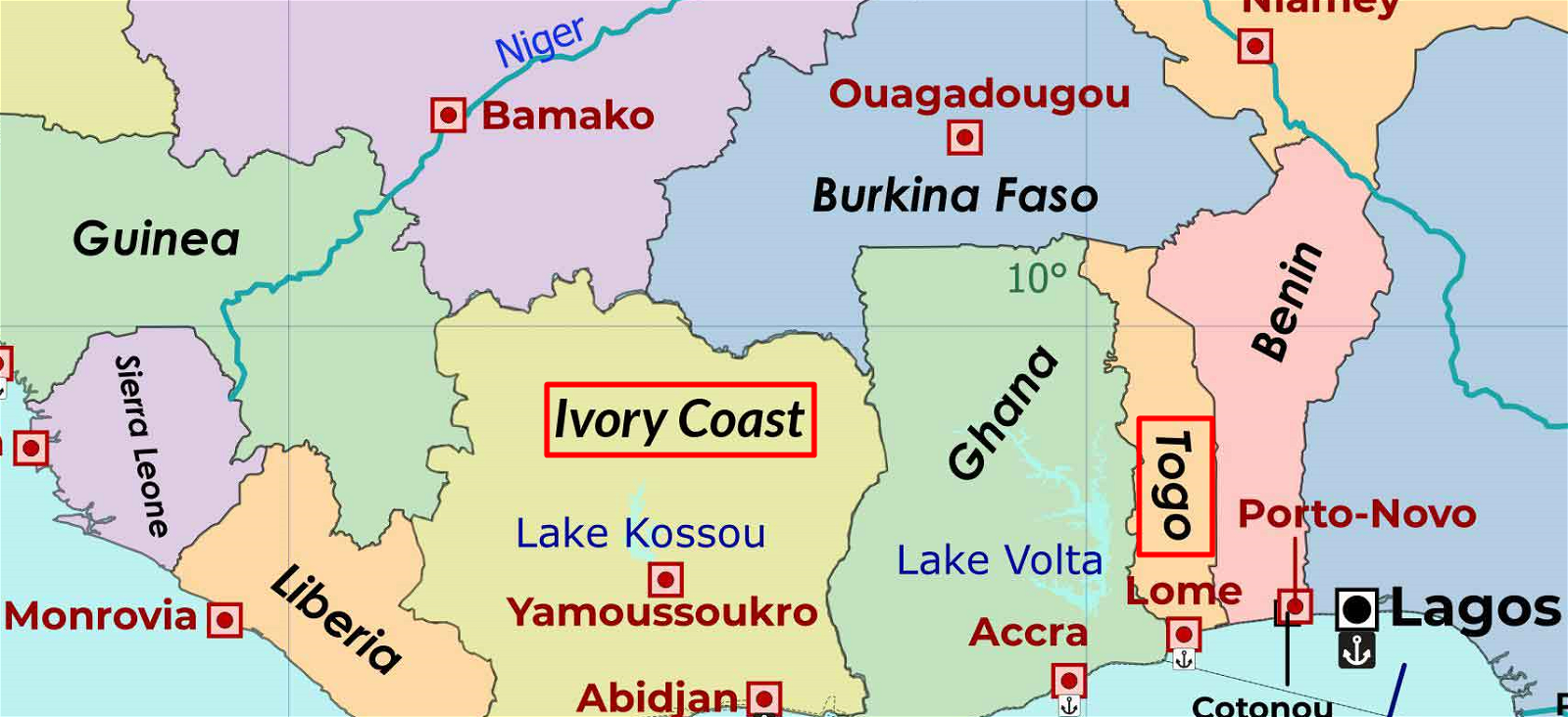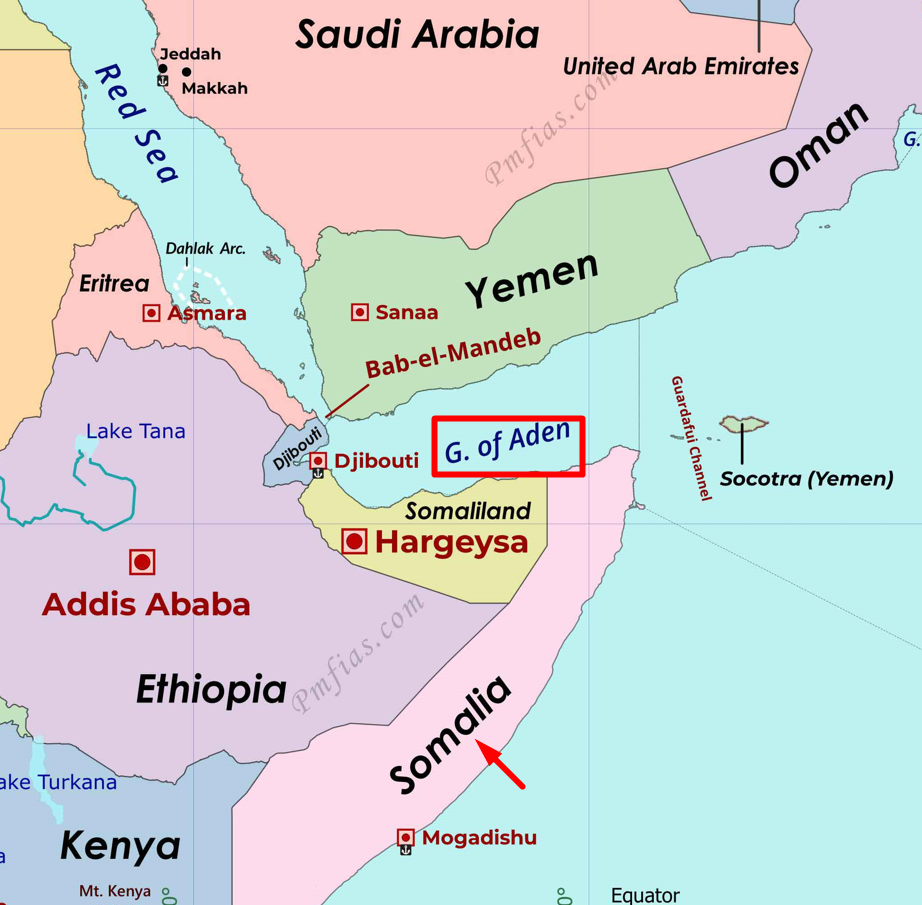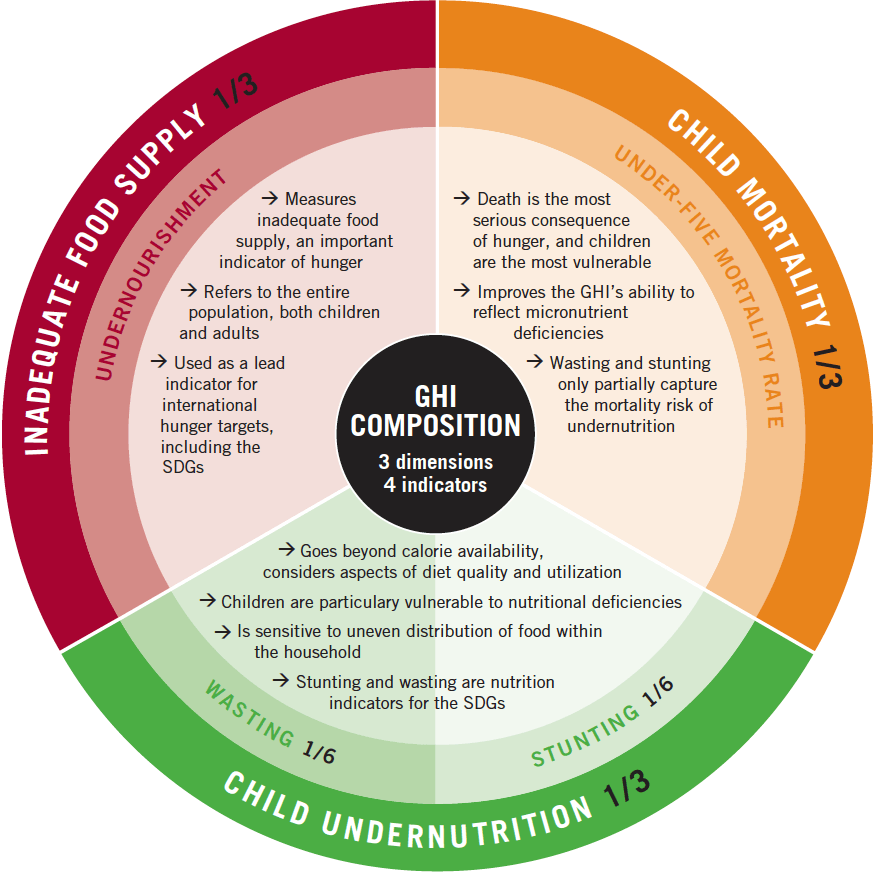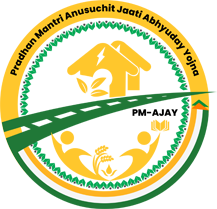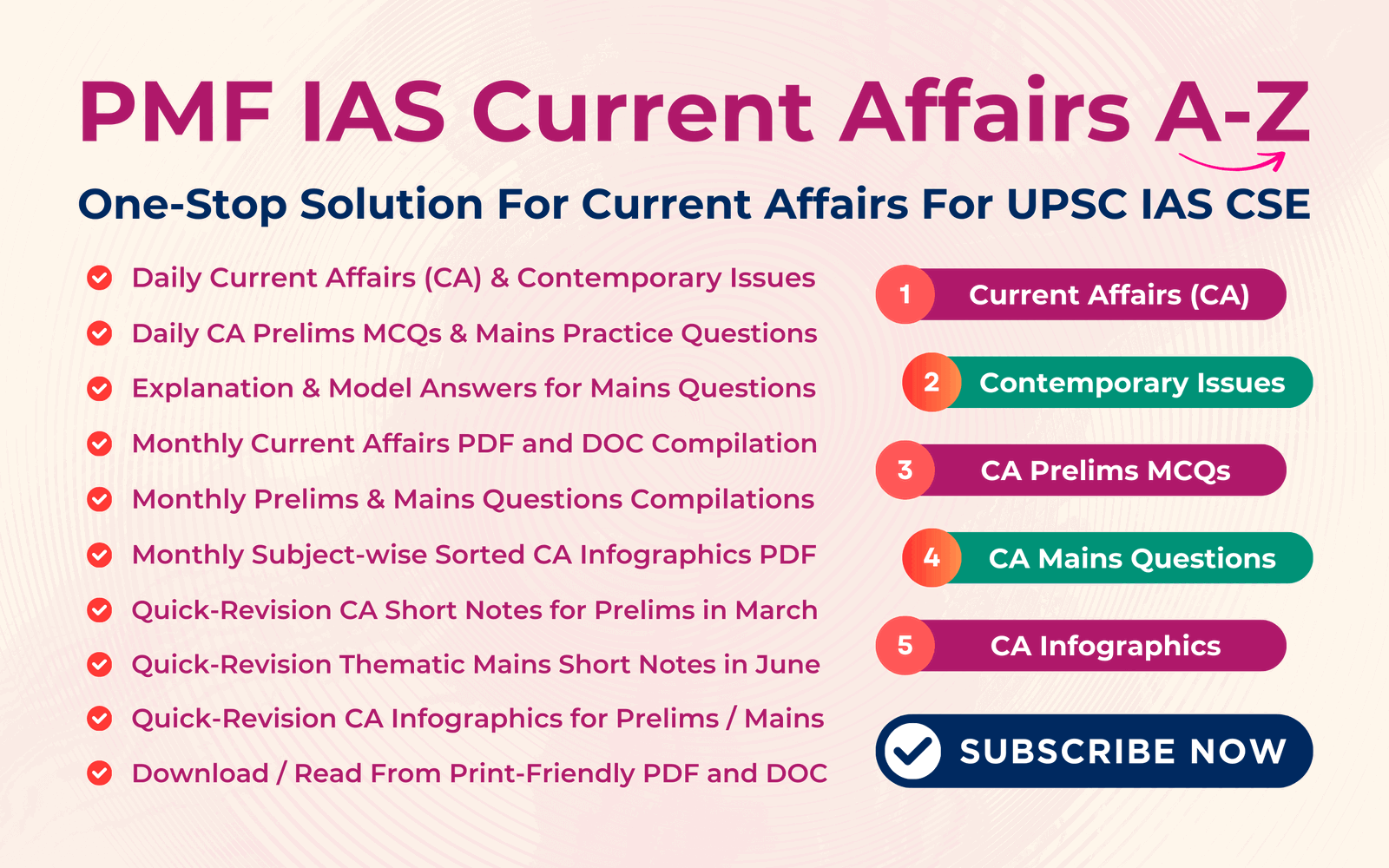
Ladakh Protests
Subscribers of "Current Affairs" course can Download Daily Current Affairs in PDF/DOC
Subscribe to Never Miss an Important Update! Assured Discounts on New Products!
Must Join PMF IAS Telegram Channel & PMF IAS History Telegram Channel
- Context (TH I IE): In recent times, Ladakh has seen significant protests regarding statehood and preserving its identity in the constitution.
- Apex Body Leh (ABL) and Kargil Democratic Alliance (KDA), spearheading the movement, are pursuing five main demands-
- Statehood for Ladakh,
- Safeguards under the Sixth Schedule of the Constitution,
- Reservation of jobs for the youth of Ladakh, and
- Separate parliamentary constituencies for the two parts of the region — Leh and Kargil.
- Extended Ladakh’s territorial control up to Gilgit-Baltistan in Pakistan-occupied Kashmir (PoK) and reserved seats for the area.
- The Ministry of Home Affairs (MHA) has set up a high-powered committee to engage with the representatives of the demands from Ladakh.
Origin of the Demand for Separate Region
- 1989: Violent riots between Buddhists and Muslims; Ladakh Buddhist Council called for a social and economic boycott of Muslims, which was lifted in 1992.
- 1995: The Ladakh Autonomous Hill Development Council (LAHDC) was created.
- The LAHDC of Leh and Kargil also have limited powers.
- Religious minorities (Buddhists) in the region had for long supported the demand for UT status, alleging discrimination at the hands of Kashmir-centric parties.
- Ladakh was represented by four members in the J&K Assembly and two in the Legislative Council
- 2019: Abrogation of Art 370 and a reorganisation act passed by the Parliament reconstituted Ladakh as a union territory (UT), separate from the rest of Jammu and Kashmir.
- Muslim-majority Kargil wanted to remain a part of the erstwhile State and not join the Buddhist-majority Leh.
Arguments in Favour of Ladakh’s Demand for Inclusion in the 6th Schedule
Ensuring Representation
- Reconstitution as a UT has led to concerns about the loss of local autonomy and representation in decision-making processes.
- The LAHDC, that governed the region and enjoyed significant autonomy, has been left with minimal powers.
Lack of Public Participation
- As part of the J&K, Ladakh had enjoyed special status under Article 370 and Article 35A.
- No Legislative body: Decision-making has shifted from public participation to bureaucratic processes.
Ladakh’s Fragile Ecosystem
- Cold deserts, glaciers, and alpine meadows are biodiversity hotspots and serve as habitats for rare and endangered species.
- Climate activists have flagged concerns regarding mining in the glacial ecology.
- Industries will bring lakhs of people, and the fragile ecosystem cannot support so many people.
Sensitive Borders
- The delicate situation in Ladakh is compounded by its borders with both China and Pakistan.
- This necessitates strategic infrastructure development supported by the local community.
Preservation of Cultural Identity
- Nearly 80% of Ladakh’s total population of 2.74 lakh are tribals
- Sixth Schedule will provide legal safeguards to Ladakh’s unique tribal cultural heritage and traditional customs.
Performance of Socio-Economic Development
- The administration has been inefficient in terms of generating employment opportunities.
- The absence of a public service commission and a Lack of a comprehensive job policy has created a sense of anger among the youths.
- The Sixth Schedule will facilitate the formulation of locally relevant development initiatives, leading to improved socio-economic outcomes.
- A government survey pointed out that 26.5% of graduates in Ladakh are unemployed.
Strengthening of Democratic Institutions
- The establishment of autonomous councils would strengthen democratic institutions at the grassroots level.
Arguments against the Inclusion of Ladakh in the Sixth Schedule?
Legal and Administrative Hurdles
- The MHA has highlighted potential challenges (Constitutional Amendment) in amending the IC to include Ladakh in the Sixth Schedule.
- MoHA: The IC explicitly reserves the Sixth Schedule for the Northeast region, while tribal areas in other parts of the country are covered under the Fifth Schedule.
|
Potential Delays in Decision-Making
- It could add complexity to the region’s governance structure, potentially leading to administrative challenges and delays in decision-making processes.
Inclusion Already Under Progress
- The GOI informed that the objective for inclusion of the tribal population under the sixth schedule is to ensure their overall socio-economic development.
- The UT administration has already been taking care of this, and sufficient funds are being provided to Ladakh to meet its overall developmental requirements.
Increased Reservations
- The Ladakh administration recently increased the reservation for the STs in direct recruitment from 10% to 45%.
Hindrance in Economic Development
- Being a UT allows for focused investment in infrastructure development in Ladakh, including roads, airstrips, and communication networks.
- Inclusion in the Sixth Schedule could hinder Ladakh’s economic development by imposing restrictions on land use, resource exploitation, and investment opportunities.
Clear Chain of Command
- Under the GOI, there is a transparent chain of command for security operations in the region.
- This leads to effective coordination between the military, paramilitary forces, and local administration in responding to Chinese incursions.
What is the Sixth Schedule?
|
Rationale for Demand of Statehood
- It would provide Ladakh with a political framework (legislative assembly) to address its specific needs and challenges.
- It would empower the local population to have a significant say in decision-making processes.
- Development of a more comprehensive governance structure, enhancing administrative efficiency and responsiveness.
About Ladakh
- Ladakh is a mountainous region sandwiched between the Karakoram Range in the North and the Himalayan Range in the South.
- It is composed of two districts-
- Leh – It is the 2nd largest district of India.
- Kargil – It lies near the Line of Control. Zanskar Range is a part of Kargil.

History of Ladakh
- People of Indo-Aryan and Tibetan descent originally inhabited Ladakh.
- Valleys included Baltistan, Indus, Nubra, Zanskar, Lahaul and Spiti, Aksai Chin and Ngari.
- Gulab Singh, the Dogra feudatory of the Sikhs, integrated Ladakh into Jammu and Kashmir.
- Sino-Sikh war: In May 1841, the Qing dynasty of China invaded Ladakh. The Sino-Tibetan army was defeated.
- The ‘Treaty of Chushul’ was signed; No further transgressions or interference in the other country’s frontiers.
- Later, J&K, including Ladakh, was taken from the Sikh empire and placed under British suzerainty.
Post-1947
- In 1947, Ladakh became a part of the J&K, to be administered from Srinagar.
- In 1948, Pakistani raiders invaded Ladakh and occupied Kargil and Zanskar, reaching within 30 km of Leh; Indian Reinforcement troops fought back and took control of the region.
- In 1962, China occupied Aksai Chin and promptly built roads connecting Xinjiang and Tibet and the Karakoram Highway, jointly with Pakistan.

Importance of Ladakh
Rich in natural resources
- Ladakh is situated within the upper reaches of the Indus watershed, which in total supports about 1.2 million people in India and about 93 million in the Pakistan province of Punjab.
- Sustainable management of water resources in Ladakh is essential, not only for the livelihoods of Ladakhis and the ecosystems of Ladakh but for the health of the whole river system.
- Solar radiation: It is one of the most abundant natural resources in Ladakh, with annual solar radiation exceeding averages for other areas of India with high insulation.
Geothermal potential
- Surveys have identified a geothermal resource at depths suitable for exploration and development.
- This could be developed to provide grid-connected power to small settlements and army bases.
- Puga and Chumathang in Eastern Ladakh are promising geothermal fields in the country.
Tourism industry
- Popularly known as the Lama Land or Little Tibet, it lies at altitudes ranging between about 9,000- 25,170 feet.
- From trekking and mountaineering to Buddhist tours of various monasteries, Ladakh has it all.
Important Monastries of Ladakh
|
Provides connectivity
- The passes of the Ladakh connect some of the significant zones of the world like Central Asia, South Asia, and China
- Market access: South Asian countries can reach Central Asian markets through this region.
Energy security
- In future, the oil and gas pipeline from Iran to China can pass through this mountainous corridor.
- India’s energy needs can also be met by constructing a pipeline from Central Asia via this region.
Geopolitical Significance
- It is located on the ancient Silk Route, which played a very vital role in the development of culture, religion, philosophy, trade, and commerce in the past.
Geostrategic location
- The presence of resources is what makes India, China and Pakistan struggle over Ladakh in order to gain control over resources in this region.
- Pakistan and China are in conflict with India over Siachen and Aksai chin in this region.
New States in IndiaVarious Statehood Demands in India
Constitutional Provisions
Conditions under Article 3
Reasons for Demand
Issues Arising due to the creation of New States
|

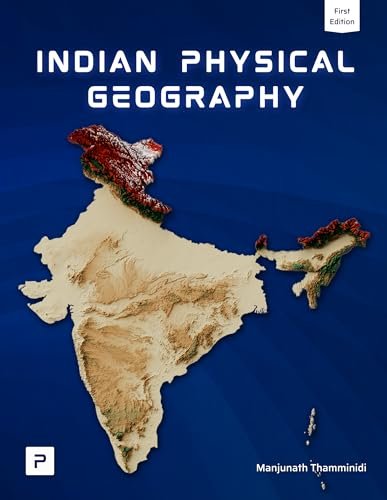
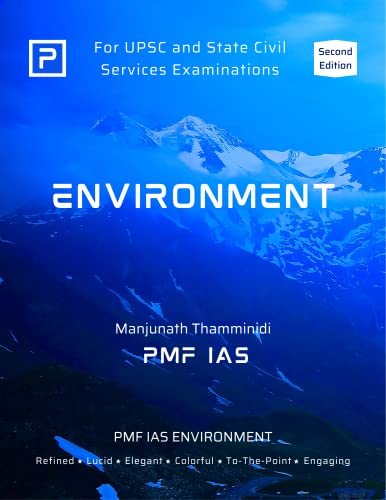
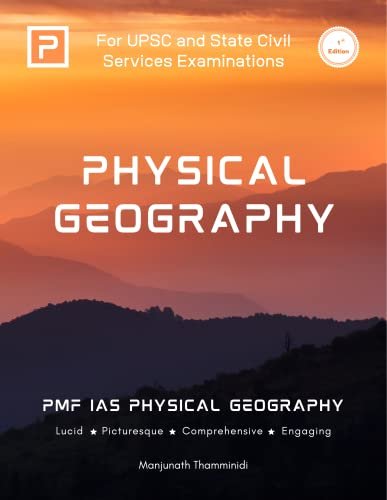
![PMF IAS Environment for UPSC 2022-23 [paperback] PMF IAS [Nov 30, 2021]…](https://pmfias.b-cdn.net/wp-content/uploads/2024/04/pmfiasenvironmentforupsc2022-23paperbackpmfiasnov302021.jpg)
